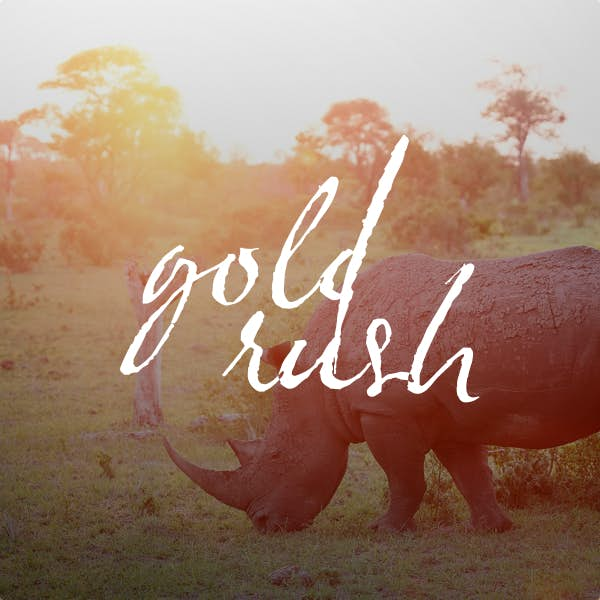
However, mining resumed in 1945 and continues to this day.ĭiamond manufacturing commenced in 1928 when a cutting factory opened in Kimberley, and South Africa went on to become the fifth-largest manufacturing centre in the world. Apart from a closure due to the outbreak of World War One, production continued until 1932, after which mining ceased following a slump in the diamond industry. South Africa launched the modern diamond industry and was the world’s leading supplier of diamonds for decades.ĭuring the tail-end of the 1800s, the mining town of Kimberley produced around 95 per cent of the world's diamonds. The discovery led to a diamond rush that stretched from South Africa to span the globe. South Africa's diamond story began in the late 1860s, when a 15-year-old named Erasmus Jacobs found a diamond at his father’s farm on the south bank of the Orange River. A visit to the Cape Town Diamond Museum is an immersive experience that will leave you with a newfound appreciation for the beauty and mystique of diamonds.Employees who are historically disadvantaged (%)

The museum's stunning collection of diamond jewelry is a testament to the glamour and glitz associated with diamonds. The museum offers a unique opportunity to learn about the formation of diamonds, the diamond rush, and the evolution of the diamond industry.

The Cape Town Diamond Museum is a must-visit attraction for anyone interested in the history and significance of diamonds in South Africa. The museum offers interactive displays, making it an engaging and educational experience for kids. Yes, the Cape Town Diamond Museum is suitable for children of all ages. Is the Cape Town Diamond Museum suitable for children?Ī. The tours offer a more in-depth understanding of the history and significance of diamonds in South Africa. Yes, guided tours are available at the Cape Town Diamond Museum, and they are included in the entrance fee. Are guided tours available at the Cape Town Diamond Museum?Ī. Can you buy diamond jewelry at the Cape Town Diamond Museum? A: Yes, the Cape Town Diamond Museum has a gift shop where visitors can purchase diamond jewelry and other souvenirs. The entrance fee to the Cape Town Diamond Museum is R120 per person. How much does it cost to visit the Cape Town Diamond Museum?Ī. The Cape Town Diamond Museum offers visitors an opportunity to learn about the diamond industry and the significance of diamonds in South Africa's history. The museum also has a display of rough diamonds, showcasing the natural beauty of diamonds before they are cut and polished.

The museum has a stunning collection of diamond jewelry, including rings, necklaces, earrings, and tiaras. The Cape Town Diamond Museum collection is a testament to the rich history of diamonds in South Africa. The Cape Town Diamond Museum offers a glimpse into the glamorous world of diamonds, with its stunning collection of diamond jewelry. The diamond industry has also seen the emergence of several high-end jewelry brands, offering exquisite diamond jewelry designs. Diamonds have become popular in the fashion industry, with celebrities and fashion icons flaunting diamond-studded jewelry on the red carpet. The diamond industry has evolved over the years and has become a symbol of wealth, luxury, and glamour. The Glamour and Glitz of the Diamond Industry: The discovery of diamonds also led to conflict between the British colonial government and the Boers, which culminated in the Anglo-Boer war. The diamond mines were known for their dangerous working conditions, and the workers were poorly paid. The diamond rush led to the growth of the diamond industry and the establishment of several diamond companies. The diamond rush in South Africa saw the emergence of several diamond mines, with Kimberley being the most significant. The diamonds are then brought to the surface by volcanic activity, where they are mined and processed. The process starts when carbon atoms are exposed to high pressure and high temperature, causing them to bond and form diamond crystals. Diamonds are formed deep within the earth's mantle under extreme heat and pressure.

The formation of diamonds is a geological process that takes millions of years. Diamonds have become synonymous with South Africa, and the country has earned the reputation of being the 'Diamond Capital of the World.' The Formation of Diamonds: South Africa quickly became the world's largest diamond producer, with the discovery of several diamond mines. The diamond rush saw the emergence of Kimberley, a town in Northern Cape, which was the center of the diamond industry in South Africa. The first diamond was discovered in 1867 near the Orange River, sparking the diamond rush. A Brief History of Diamonds in South Africa:ĭiamonds have played a significant role in the history and economy of South Africa.


 0 kommentar(er)
0 kommentar(er)
